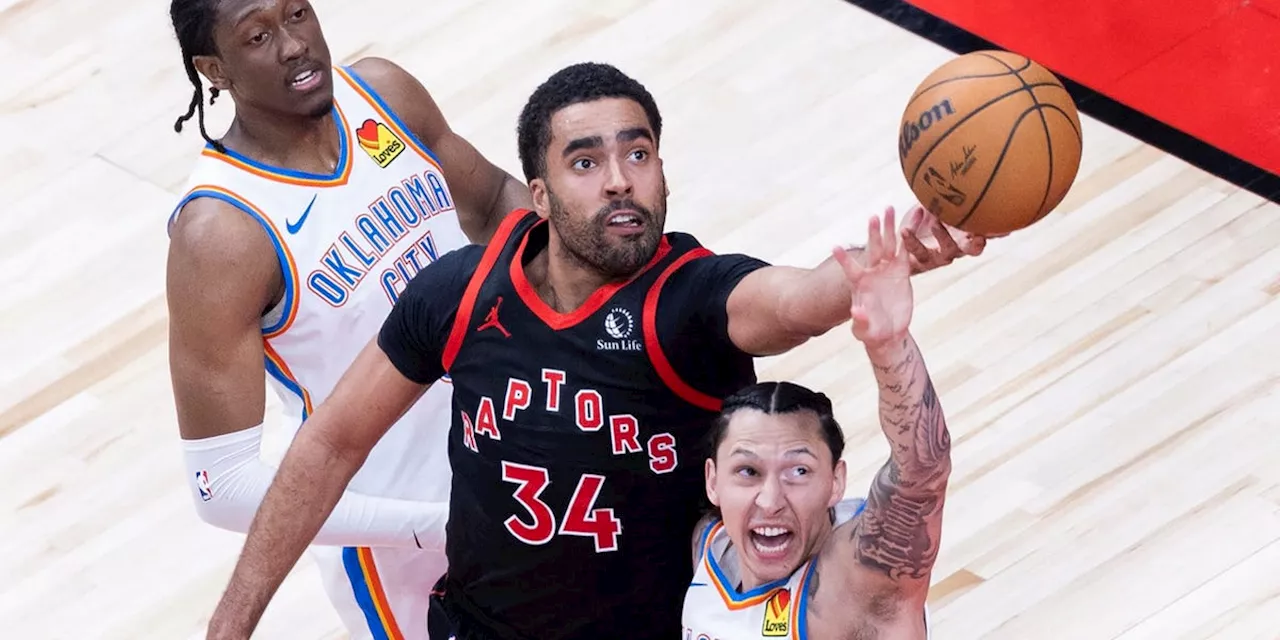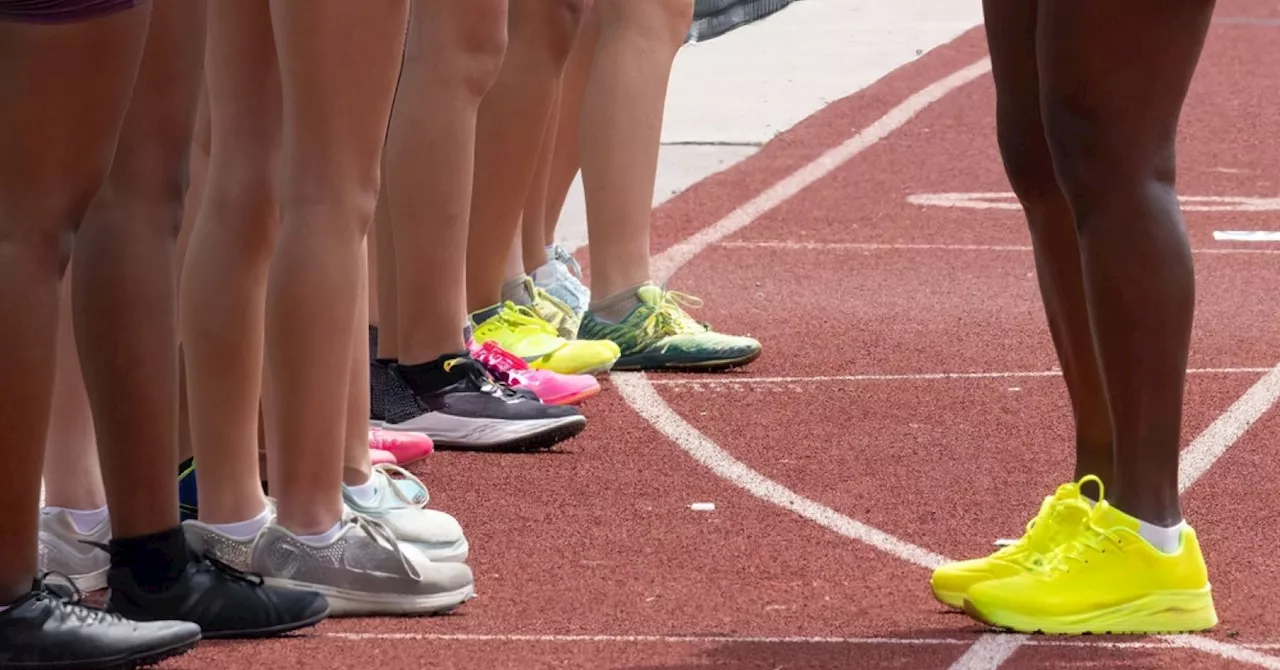This article exposes the unintended consequences of recent state laws targeting transgender healthcare. While framed as protections for children, these laws disproportionately harm intersex individuals by allowing the continuation of genital surgeries on infants without their consent. It examines the historical context of exclusionary policies in sports, highlighting the ongoing discrimination faced by intersex athletes.
Laws restricting hormone therapy and surgeries for transgender individuals in several states have inadvertently allowed the continuation of genital surgeries on intersex infants. On January 28th, 2025, a specific state law prohibited hospitals from providing such treatments for transgender individuals under 19, including 18-year-olds, threatening them with the loss of federal funding.
This was followed by a federal executive order on February 5th, 2025, further prohibiting participation in these types of treatments at a federal level. The NCAA, previously aligning with the 2021 International Olympic Committee guidelines that allowed individual sports federations to set their own participation rules, shifted its stance in the wake of these regulations. Interestingly, both sets of regulations disproportionately impact intersex individuals compared to transgender people, a fact often overlooked by proponents of these regulations and media coverage. Intersex individuals are those born with sex characteristics that don't fit typical definitions of male or female. This can include variations in chromosomes, hormones, internal reproductive organs, or genitals.A key example of this is hypospadias, a condition affecting approximately 0.006 percent of boys in Malaysia to 4.6 percent in Denmark. This wide range is more likely attributed to differences in reporting than biological variations. Hypospadias involves the urethra opening on the underside of the penis rather than at the tip, and it carries a social stigma for boys who may experience difficulties urinating. While overreporting of hypospadias is unlikely, Denmark's 4.6 percent rate might be the most accurate. Including hypospadias in estimates for other intersex variations, as done by Fausto-Sterling, suggests that approximately 6 percent of the population is intersex, translating to about 20 million people in the U.S. and 500 million worldwide.Therefore, intersex individuals are arguably the most impacted group by laws and regulations restricting both sex-related medical treatments and athletic participation. Most state laws prohibiting these medical treatments include an exception for genital surgeries on intersex infants, a practice common since the 1950s despite the lack of informed consent. These surgeries, often performed without the child's understanding or agreement, aim to make the child's genitals appear more typically male or female. These procedures can cause pain, complications, and necessitate additional surgeries, potentially affecting their future health and well-being.The apparent contradiction arises when considering why laws would prohibit puberty blockers, hormones, and surgeries for a small number of transgender adolescents with patient and parent consent, while simultaneously allowing genital surgeries on many more intersex infants without their consent. This discrepancy can be explained by the underlying motivation behind these regulations, which may not be to protect children but rather to enforce the flawed notion that biological sex is strictly binary, with everyone falling neatly into either the male or female category. Intersex infants with atypical genitals are surgically altered to conform to this binary system, while transgender and non-binary adolescents are prevented from altering their bodies to move outside of these two categories.History offers further insight into this complex issue. Over the course of the 20th century, the Olympics have implemented various regulations aimed at excluding intersex athletes, initially through physical examinations of suspected athletes and later through chromosome testing. These regulations have ultimately resulted in the exclusion of numerous intersex women from participating in sports, despite their athletic abilities.Laws and regulations purportedly designed to prevent sex changes in children and stop boys and men from competing in girls' and women's sports have inadvertently contributed to the continuation of surgeries on infants' bodies, forcing them to conform to societal norms. Furthermore, these regulations have irreparably damaged the athletic careers and lives of many intersex women
Health Sports Intersex Transgender Healthcare Laws Discrimination Gender Identity Athletic Participation Human Rights
United States Latest News, United States Headlines
Similar News:You can also read news stories similar to this one that we have collected from other news sources.
 The Perils of Credit Card Fraud: How to Protect YourselfThis article explores the rising threat of credit card fraud, explaining common methods used by criminals and highlighting the steps individuals can take to safeguard their financial information.
The Perils of Credit Card Fraud: How to Protect YourselfThis article explores the rising threat of credit card fraud, explaining common methods used by criminals and highlighting the steps individuals can take to safeguard their financial information.
Read more »
 Panacea Plot: Animated Thriller 'The Blue Angel' Explores Power, Profit, and the Perils of ProgressThe animated thriller 'The Blue Angel' delves into a world where a groundbreaking discovery, a rare Peruvian mushroom with the ability to cure almost any ailment, clashes with powerful forces seeking to control it. The series follows Marshall Cuso, the scientist behind this 'blue angel' cure, as he faces threats from corporations, government agencies, and individuals eager to exploit its potential. With its timely commentary on healthcare, pharmaceutical influence, and societal trust, 'The Blue Angel' blends action, humor, and a haunting exploration of the dangers of unchecked ambition.
Panacea Plot: Animated Thriller 'The Blue Angel' Explores Power, Profit, and the Perils of ProgressThe animated thriller 'The Blue Angel' delves into a world where a groundbreaking discovery, a rare Peruvian mushroom with the ability to cure almost any ailment, clashes with powerful forces seeking to control it. The series follows Marshall Cuso, the scientist behind this 'blue angel' cure, as he faces threats from corporations, government agencies, and individuals eager to exploit its potential. With its timely commentary on healthcare, pharmaceutical influence, and societal trust, 'The Blue Angel' blends action, humor, and a haunting exploration of the dangers of unchecked ambition.
Read more »
 Michael Lewis on the perils on the sports betting boomBusiness Insider tells the global tech, finance, stock market, media, economy, lifestyle, real estate, AI and innovative stories you want to know.
Michael Lewis on the perils on the sports betting boomBusiness Insider tells the global tech, finance, stock market, media, economy, lifestyle, real estate, AI and innovative stories you want to know.
Read more »
The Perils of 'But' and Uninvited GiftsThis article explores the social awkwardness of people offering excuses and unsolicited advice. It uses personal anecdotes to illustrate how common it is for people to feel compelled to explain themselves, even when it's not necessary or helpful. The piece also touches on the complexities of gift-giving in situations where there is little personal connection.
Read more »
 The Perils of Trusting the Wrong People in the WorkplaceThis article explores the dangers of misplaced trust in the workplace, highlighting how power dynamics and personality traits can lead to unethical behavior and organizational harm. It examines the tendency to trust those perceived as powerful or influential, even if they lack genuine trustworthiness. The article also delves into the consequences of empowering individuals with weak moral compasses and a desire for dominance, emphasizing the potential for abuse and reputational damage. It concludes by urging readers to be discerning in their workplace relationships and to prioritize ethical considerations when making decisions based on trust.
The Perils of Trusting the Wrong People in the WorkplaceThis article explores the dangers of misplaced trust in the workplace, highlighting how power dynamics and personality traits can lead to unethical behavior and organizational harm. It examines the tendency to trust those perceived as powerful or influential, even if they lack genuine trustworthiness. The article also delves into the consequences of empowering individuals with weak moral compasses and a desire for dominance, emphasizing the potential for abuse and reputational damage. It concludes by urging readers to be discerning in their workplace relationships and to prioritize ethical considerations when making decisions based on trust.
Read more »
 The Perils of Building Brand EmpiresThis article explores the challenges of managing large brand portfolios, using the example of LVMH and its struggles with integrating acquisitions. It highlights the difficulties of maintaining brand identity and profitability as empires grow, citing cases like Liz Claiborne Inc. and Jones Apparel Group. The article also discusses the potential for new players like Guess Inc. to capitalize on the decline of established empires by acquiring and revitalizing brands.
The Perils of Building Brand EmpiresThis article explores the challenges of managing large brand portfolios, using the example of LVMH and its struggles with integrating acquisitions. It highlights the difficulties of maintaining brand identity and profitability as empires grow, citing cases like Liz Claiborne Inc. and Jones Apparel Group. The article also discusses the potential for new players like Guess Inc. to capitalize on the decline of established empires by acquiring and revitalizing brands.
Read more »
